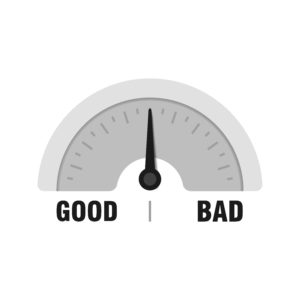How to do the analysis of slow-motion video of human movement

Smart phone video technology provides significant opportunities to analyze human movement. There are four steps involved in using smart phone video for slow motion video analysis. Each step has considerations, challenges and barriers that need to be addressed. The four steps are recording movement; analyzing the movement; storing the video data; and retrieving the video data.
This article the second of four articles will discuss the considerations/challenges/barriers for analyzing slow motion video of human movement
- Privacy - obtain permission from client to be able to share video data with significant others, and experts for consultation. “Photo & videos taken during evaluation & treatment will be used as educational tools. By signing below, I consent to the use of the photos & videos in a professional manner”
- Conduct review and analysis of video recording with a consistent thorough process from head to toe, first the uninvolved side and then the involved side
- Review video recording using video play back application/video editing program that allows slow motion, frame by frame, split screen comparisons, and drawing of lines inferring ground reaction forces. Newer smart phones come with slow motion video record and play back function. Older smart phones require searching for an app with the above functions
- A challenge is defining whether observed movement are deviant from a norm. investigators Pipkin, and K. Allison have described some of what is considered normal gait and deviations from the norm. There are many gait deviations. A great deal more work is needed to define, describe, and determine which of the multiple ways gait can deviate and which is the most significant deviation.
- A gait deviation or gait compensation can be good or bad. A 7-foot-tall individual is deviant from the norm, but his deviation is not necessarily a negative. A gait deviation is negative if it is:
- related to a symptom such as pain
- can be shown to increase risk of injury
- results on greater energy expenditure

- Challenge of gait analysis is determining whether gait deviation is an appropriate deviation/compensation or whether it is a gait deviation/compensation that is no longer needed or perhaps not the best compensation
- Observe asymmetrical movement comparing the right side of the body to the left side. The assumption is when walking and running the movement should be symmetric, and movement on the uninvolved side is normal and movement on the involved side is more likely to be deviant. Comparisons between the right side to the left side are made when the joint reaches a maximum range of motion, or at a point in the gait cycle.

- Once a gait deviation is identified decisions are needed to determine whether to:
- Perform physical exam to determine if the gait deviation is related to a structural impairment
- Intervene with cuing to consciously alter the gait deviation
- Intervene with adaptive equipment – shoes, shoe insert, brace, cane etcetera
- Allow encourage the gait deviation to continue has it is best compensation/deviation
- A working hypothesis can be a process to assist in the analysis process. Given a gait deviation (problem) create an if then statement. For example, a patient with plantar heel pain, if he/she takes shorter steps and more steps per minute then heel pain will be alleviated or decreased.
- Test the hypothesis compare between the old preferred gait and new altered/intervened gait. Does the initial proposed intervention alter the pain and/or gait deviation? Collect second video recording ambulating/moving the old way and the new altered way. Decide whether the working hypothesis is supported or refuted. If the first working hypothesis is refuted develop the next working hypothesis.
- Reflect and share with the client the possible side effects or unintended consequences of the proposed intervention.
Slow motion video gait analysis with smart phone has challenges, considerations, and barriers. Addressing the challenges and barriers can provide opportunity to improve accuracy of gait analysis. We can change to do it better.
Damien Howell Physical Therapy – 804-647-9499 – Fax: 866-879-8591 At-Home, At Office, At Fitness Facility – I come to you, I do home visits Damien@damienhowellpt.com
